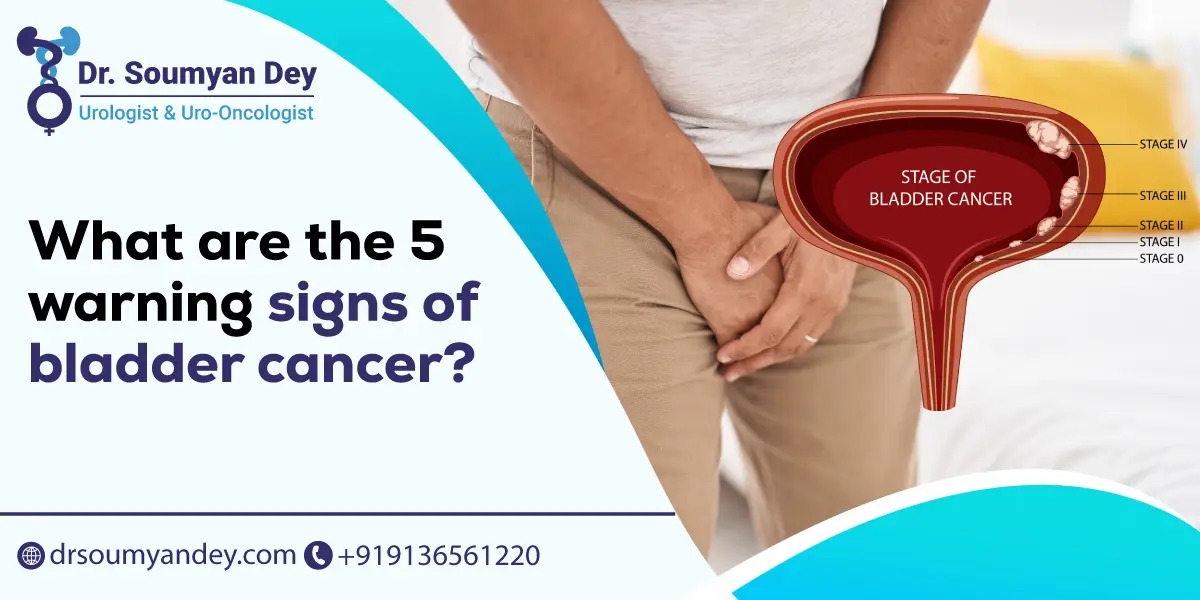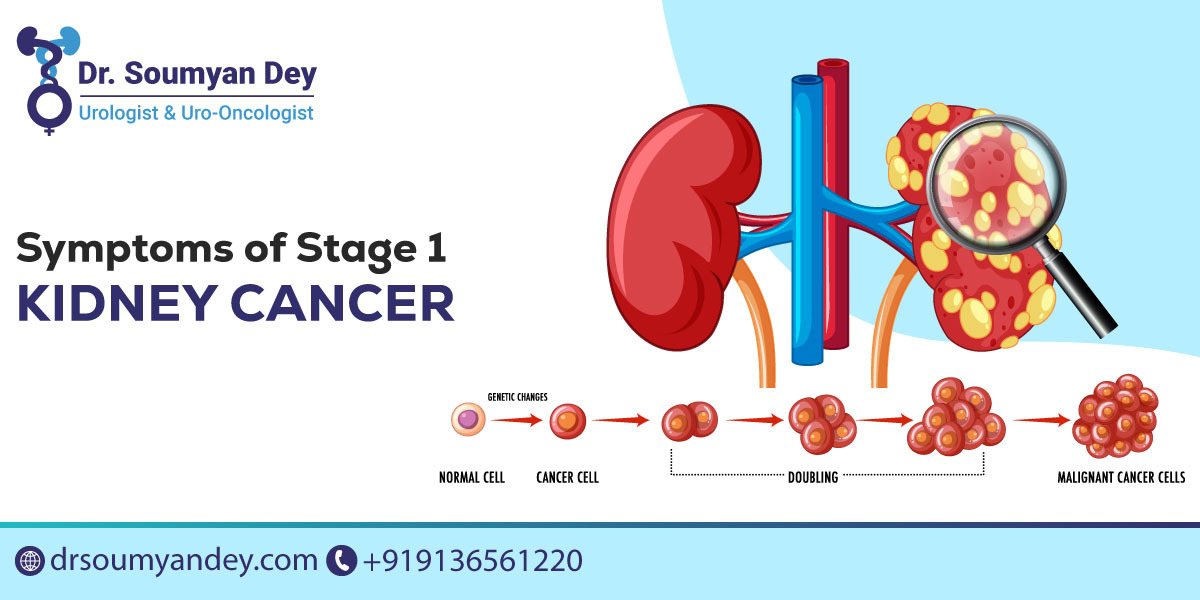Understanding the Survival Rate of Prostate Cancer
Prostate cancer, affecting one in eight men throughout their lifetime, can understandably raise an array of questions and concerns. While navigating diagnosis and treatment options, understanding your survival rate becomes crucial to informed decision-making. This blog delves into the factors influencing prostate cancer survival rates, empowers you with knowledge, and highlights the expertise of Dr. Soumyan Dey, a renowned Prostate Cancer Specialist in Navi Mumbai.
Factors Influencing Prostate Cancer Survival Rate
Several factors influence your individual prostate cancer survival rate. Let’s explore some key players:
i) Age:
Younger men often exhibit better prognoses due to a more robust immune system and potentially slower cancer progression.
ii) Stage:
The extent of cancer spread significantly impacts survival. Localized cancers confined to the prostate offer higher survival rates compared to advanced stages with regional or distant spread.
iii) Grade:
This indicates the aggressiveness of cancer cells, with lower grades signifying slower growth and higher survival rates.
iv) Gleason score:
This system combines grade information from two tumour areas, providing a more nuanced picture of aggressiveness and influencing survival estimates.
Treatment Options and Their Impact on Survival Rate
The prostate, a male reproductive gland, can develop cancerous cells, leading to prostate cancer. While varying aggressiveness, early detection and personalized treatment are key to optimizing outcomes. Prostate Cancer Treatment in Navi Mumbai, each with varying impacts on survival rates, include:
a) Active Surveillance:
For low-risk prostate cancer, the doctor may recommend active surveillance. It involves closely monitoring the cancer with regular check-ups and only initiating treatment if the cancer shows signs of progression. Active surveillance can offer excellent long-term survival rates while avoiding unnecessary treatment side effects.
Also Read: Know When to Get Prostate Surgery Done?
b) Surgery:
Surgical removal of the prostate gland, known as radical prostatectomy, is a common treatment for localized prostate cancer. Surgery can provide excellent survival rates, particularly for patients with early-stage disease.
c) Radiation Therapy:
Radiation therapy uses high-energy rays to kill cancer cells. It can be delivered externally or internally (brachytherapy). Radiation therapy is often used as a primary treatment for localized prostate cancer or as adjuvant therapy following surgery.
d) Hormone Therapy:
Hormone therapy, also known as androgen deprivation therapy, aims to reduce the levels of male hormones (androgens) in the body, which can fuel the growth of prostate cancer. Hormone therapy is commonly used in combination with other treatments and can improve survival rates, particularly in advanced or metastatic prostate cancer.
e) Chemotherapy:
The doctor may recommend chemotherapy for advanced or metastatic prostate cancer that has stopped responding to hormone therapy. While chemotherapy can help extend survival and improve quality of life, its effectiveness may vary depending on individual factors.
Conclusion
Understanding the survival rate of prostate cancer is essential for making informed decisions about treatment options and managing expectations. In Navi Mumbai, individuals diagnosed with prostate cancer can benefit from the expertise of specialists like Dr. Soumyan Dey, who offer personalized treatment plans to optimize survival outcomes. By considering factors such as age, stage, and treatment options, patients can navigate their prostate cancer journey with confidence and hope for the best possible outcome.







